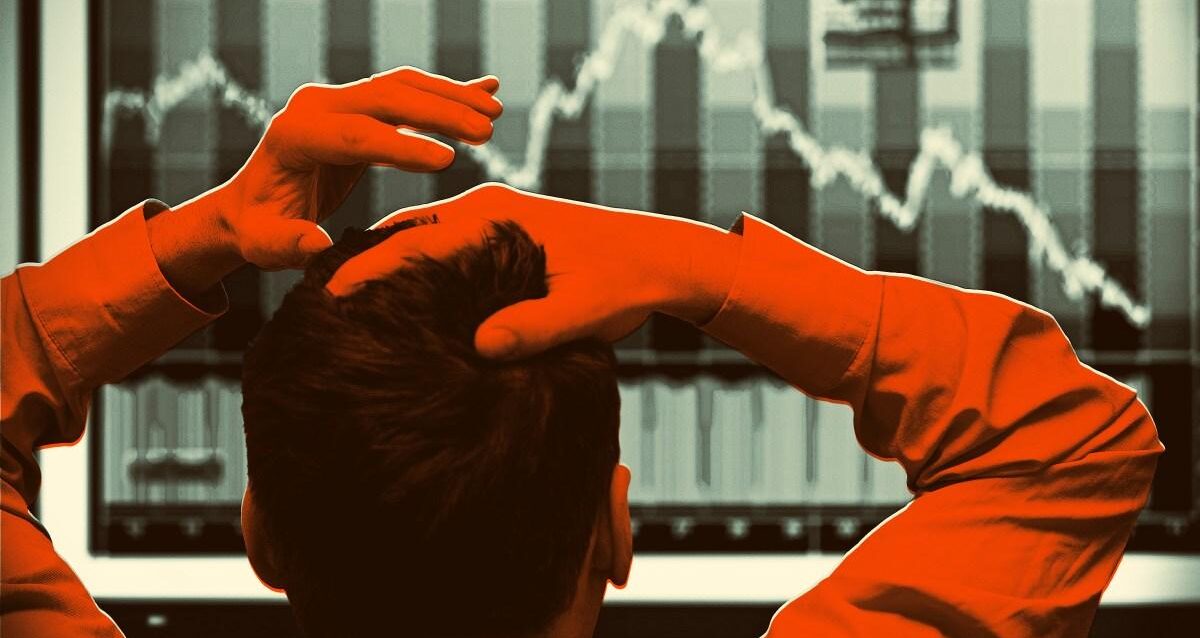Is the US Economy Riding on AI?
In a recent article for the Financial Times, esteemed fund manager and former Morgan Stanley investor Ruchir Sharma put forth a thought-provoking claim: the US economy has essentially become “one big bet on AI.” While a bold statement, the economic indicators supporting his argument are becoming increasingly clear, as reported by Futurism.com.
For many economists, the escalating investment in artificial intelligence (AI) is the primary engine keeping an otherwise challenging economy afloat. These substantial tech investments are not just a minor contributor; they are now a dominant force in driving growth across the nation.
AI’s Unprecedented Economic Footprint
The numbers behind Sharma’s assertion are striking. According to his analysis, the billions of dollars currently being poured into the AI sector are projected to account for a remarkable 40 percent of US GDP growth in 2025. This rapid acceleration shows no signs of slowing down, highlighting AI’s outsized influence.
Beyond GDP, AI companies have been a powerhouse on the stock market, responsible for an astonishing 80 percent of growth in American stocks. This concentration of growth in a single sector raises questions about the broader market’s underlying health and its increasing reliance on AI’s continued success.
A Shift from Consumption to Innovation
Historically, consumer spending has been the largest component of the total US economy. However, as Sharma and the Financial Times note, this dynamic is changing. AI investments are now dwarfing traditional consumption’s contribution to economic expansion.
Furthermore, what consumption remains is disproportionately driven by a specific demographic. The top ten percent of American earners, already a wealthy group globally, now account for a record-breaking 50 percent of all US consumer spending. This imbalance suggests a growing reliance on a narrow segment of the population for consumer-driven growth, while AI takes the lead in overall economic expansion.
The Future of an AI-Driven Economy
Ruchir Sharma’s analysis presents a critical perspective on the current state of the US economy. While AI innovation promises immense potential and productivity gains, its substantial role in current economic growth necessitates careful consideration. The question arises: can the economy sustain such concentrated growth, and what are the implications if the AI industry were to stumble?

